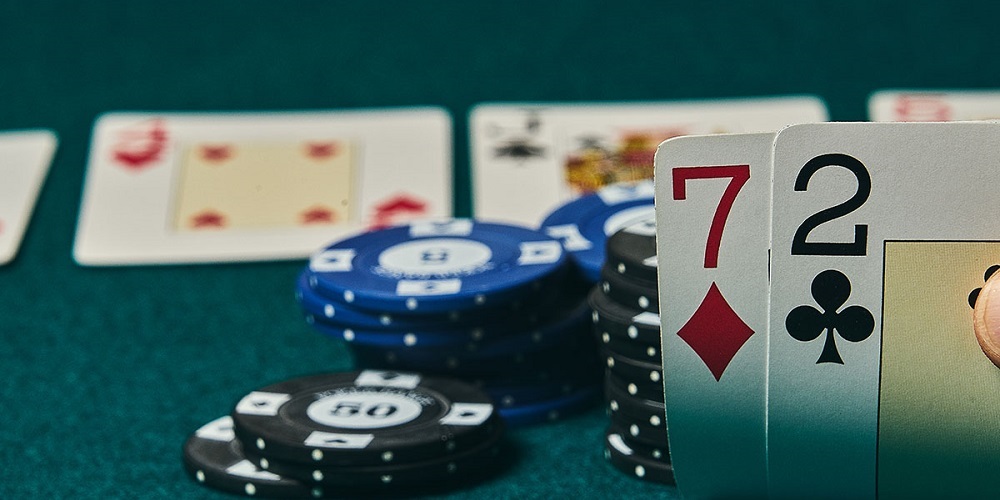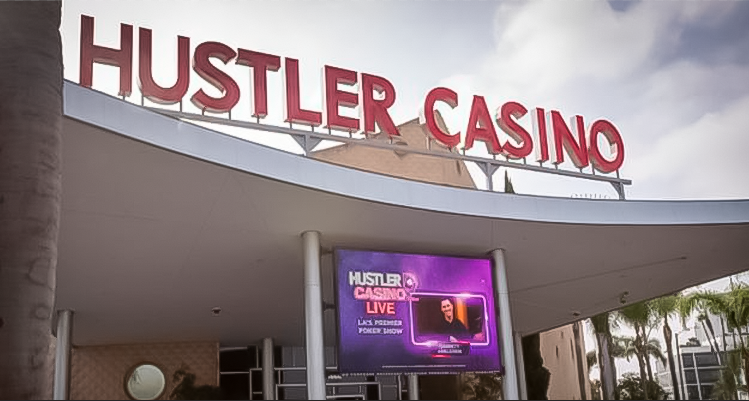

MTT tournaments with medium and high blinds: everything you need to know

The game in a multi-table tournament changes with medium and high blinds. If you are used to an ultra-tight game, we advise you to forget about it and work on your ability to adapt because you will have to learn how to play well in an MTT if the blinds go up.
Speculative hands in high-stacked multi-table tournaments

As was the case in multi-table tournaments with
low blinds, speculative play makes much more sense in the early stages
of tournaments. When the blinds go up, watching the flop with a speculative
hand is something you should discard. Not even the most adventurous player
would be able to take such a level of risk just to watch the flop.
In fact, the higher the blinds go, the more
predominant high cards become to the detriment of speculative hands. But
that doesn't mean we should forget about speculative plays altogether.
In fact, they are the best option in some
specific situations. Playing with suited connectors is especially attractive
when the hand is at the end of the table, we are playing a multiplayer pot,
there is no short-stack involved, it is played with +20BB (less we would
say that they are low blinds), and all this as long as the table is not
especially aggressive, with predominance of limpers and residual raisers.
We must not forget that limping with suited connectors is never a good idea if we do not play well stocked with chips.
Attack and defense
strategies

If playing in multi-table tournaments the game
was characterized by being ultra-tight, here we simply move to a tight style.
With medium and high blinds it is feasible to steal a pot, as long as we have
strong cards and we can rely on our position. If we have previously played
ultra-tight, this can play in our favor, since others should perceive us as
credible players.
Every time we make a raise, others will give
it credibility. This is important to consolidate our position and to be
able to use a speculative raise in our favor if necessary. In online poker,
this factor is lost, although we can send the same message implicitly, simply
by avoiding semi-bluffs.
A good way to attack in MTTs with medium and
high blinds is to bet the minimum amount possible to win the pot, but forget about this in the early
stages of the tournaments, because if you win, you hardly get anything, but if
you lose, your continuity in the tournament may be in question, so you should
not do it now. The idea is to bet very little to obtain huge profits, yes, but
not at the cost of sacrificing your position.
On the other hand, we must keep in mind that it
is convenient that the players behind us have the opportunity to leave the
hand, not out of chivalry, but for their own benefit: holding back players
who do not want to be in the hand can cost us dearly.
To follow an attacking strategy, it is best to use the range of cards with which you are most familiar. A semi-bluff can be a good option, but be careful not to jeopardize your tight perception.
Strategies with small stacks

Things get interesting when the blinds go up.
The range of cards must change (cheap cards can become very expensive if we do
not make this rebalancing), and if we keep a small stack, we can run out
of room for maneuver by being committed to the pot.
Playing with a stack of -18 BB and up puts us
in a delicate situation. The basic strategy of raising preflop and following with a
continuation bet is no good if we don't have enough chips.
If we have enough chips to make a c-bet, it is
possible that the villain will see it. He will also be pot committed. It can
also happen that we raise preflop and get re-raised. If we see the bet,
we are again committed to the pot. Pot commitment with short stacks usually
comes out almost automatically. You bet, and you are automatically committed.
The basis of all attack and defense strategy playing
with reduced stacks is to keep the stack at all costs. Why? Because by
keeping it, we can make the villain consider not getting into trouble with us.
The point is not to have more chips than him, but to have enough to make him
think that getting into a hand with us is not such a good idea.
And how many chips are enough? Well, it depends on how much the blinds go up. If they raise within the expected range, 9 - 10 BB (+ ante) should be enough. If the blinds are too high, 6 - 7 BB + ante. We understand ante to be about 10% of what the big blind is worth.
Strategies with a big stack

Playing with a large stack puts us in a
position of tranquility, much more comfortable than playing with short
stacks, which commits us to the pot at the first change.
Having approximately +25 BB we can even try to
steal the blinds and regret it at the last moment. However, we have to get an idea of the stacks
of the others: it is not convenient for us to face another big stack. If we do,
we should only have premium cards. If not, we forget: remember that it is a big
stack that can put us out of the tournament.
If no big stack is going to put us against the ropes, we can take advantage of our position to put the pressure on those who are playing with shorter stacks. A hand of medium strength will be enough to achieve this.
Common mistakes when playing with high blinds

- Trying to attack or defend with weak hands. If we do not have high enough cards, trying to steal the blinds makes no sense. If we are not clear about this, overestimate our cards or do not readjust the range of cards when the blinds come up, we run the risk of executing a blinds draw in anticipation of the wrong outcome, which can put us out of the competition.
- Ignoring card rank readjustments when the blinds go up. Precisely what we talked about in the previous point. And it is a mistake not only when attacking the blinds, but in general, because we can be exposed to be out of the tournament without knowing it.
- Not knowing what game is more suitable. Ignoring what kind of game is most conducive to each stack is a common mistake. Depending on our stack, our ideal game will be one or another, and it is something that we must always be clear if we do not want to mess up with the strategy.
- Do not be us who make the final push. It is necessary to have a premium hand if we want to be the ones who see the push. Keep in mind that when we call, our fold equity will vanish, and the only way to be the winner will be to have the best hand in the showdown. If not, we will be out of the tournament at the very doors of the end.
You may also like

Last farewell to Pablo Cusí Sierra, partner, friend and brother
Last farewell to Pablo Cusí Sierra, partner, friend and brotherOn Saturday, October 3rd, our partner Pablo Cusí Sierra passed away at the age of 38 in his home town, Buñol.From the HabWin team, we...

All about the 4 aces in the deck of poker
When we talk about poker aces, rockets or American Airlines - as this combination of cards is also known in the most popular card game - we are referring to one of the most valued hands in the diff...

Scandal at Hustler Casino Live Poker
Conclusions of the scandal in the Hustler Casino Live PokerThe investigation finds no 'evidence of wrongdoing' in the Hustler Casino Live poker scandal.Conclusions of the investigation on the possi...













